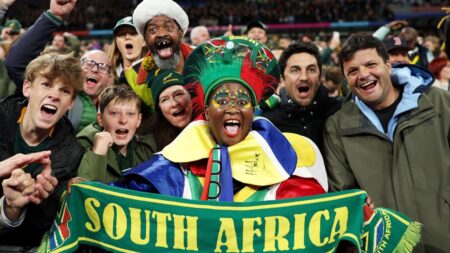Forex trading involves buying and selling currency pairs to profit from price fluctuations. The currency is bought and sold in pairs to capitalize on the fluctuation of their value.
Forex trading is performed through taking a position that depends on different kinds of orders. From the perspective of both a novice and an experienced trader, it is important to understand different types of forex trading orders, as these orders determine how and when your trades are executed. Below, we will take a closer look at the main types of forex trading orders you should know.
-
Market Orders
The most straightforward of the Forex trading orders is the market order. In it, a trade is made for certain currency pairs at current market prices. As a result, this is performed once there is an immediate requirement for one’s entrance into or exit from that particular market. Though market orders assure execution, in case of highly volatile markets-especially active ones-the prices may not turn out to be precisely as quoted.
-
Limit Orders
A limit order refers to a defined price at which the trader predicts buying or selling a given currency pair. That is, to set a limit buy order, a trader inputs a price, which is lower than the current price at the marketplace while to place a limit sell order, a trader inputs a price higher than that at the current marketplace.
Limit orders ensure execution at the required price or better, but there is no guarantee of execution if the market does not reach the specified price level.
-
Stop Order
Stop orders are used to trigger a trade once the market price reaches a level that the investor has predetermined. There are mainly two types of stop orders:
Buy Stop Order: It is bought above the current market price and is activated when the given price level is reached. It usually occurs when traders forecast that the price will keep on rising after it breaks through a resistance level.
Sell Stop Order: This can be set below the current market price. The effect of this would be an execution once the price has fallen to that level. It is majorly used in capturing bearish momentum or otherwise protecting profits.
On the other hand, stop orders enable the traders to enter the market in breakout cases but may face slippage effects during periods of high volatile conditions.
-
Stop-Loss Orders
A stop-loss order is a risk management tool that helps to limit potential losses. It means that traders set an order at a certain price level, and in case of an unfavorable movement of the market, the trade will be automatically closed at the stop-loss price. For example, if you buy EUR/USD at 1.1000 and set a stop-loss at 1.0950, the trade will close once the price drops to 1.0950, protecting you from further losses.
Read Also: Osimhen Bags 4th League Assist As Galatasaray Claim Away Win, Extend Lead At The Top
-
Take-Profit Orders
On the other hand, a take-profit order could be said to be opposite of the stop-loss order. It provides for profits by the closing of the trade at a particular target profit predetermined by the trader when the market achieves this level. Example: You buy EUR/USD at 1.1000 and place a take-profit order at 1.1050; it will close the trade at 1.1050, hence locking in the profit.
-
Trailing Stop Orders
Trailing stop orders update automatically with the direction of the movement in your favor. This form of dynamic order trails the price by a defined distance and freezes your profit but reduces your losses. For instance, if you have set the trailing stop as 50 pips and the market has appreciated by 100 pips, your stop loss moves up with that appreciation by 50 pips.
Conclusion
Major Forex trading orders are the indispensable knowledge for any successful trade and risk management: one either enters the market with a market order, covers himself with a stop-loss, or closes profits with a take-profit order, but all serve different purposes. These tools will let you go on and further develop your trading strategy to be able to confidently operate in the Forex market.





